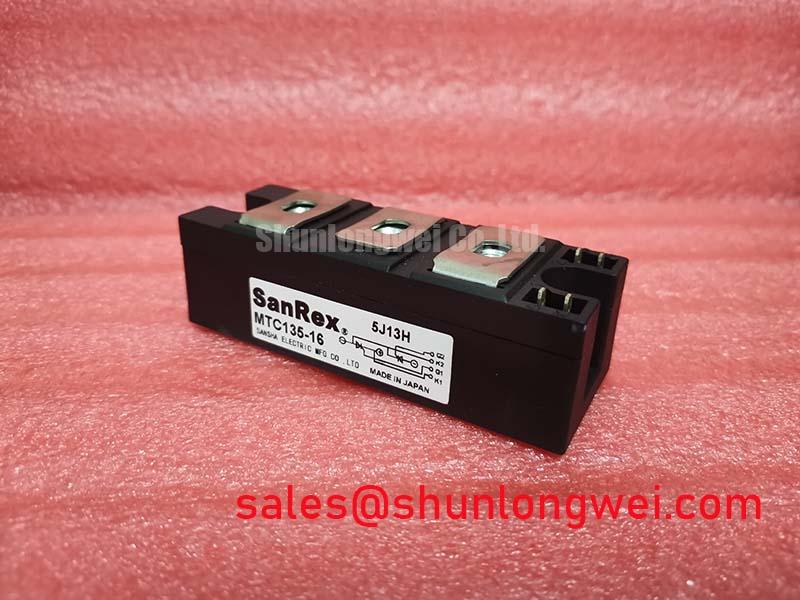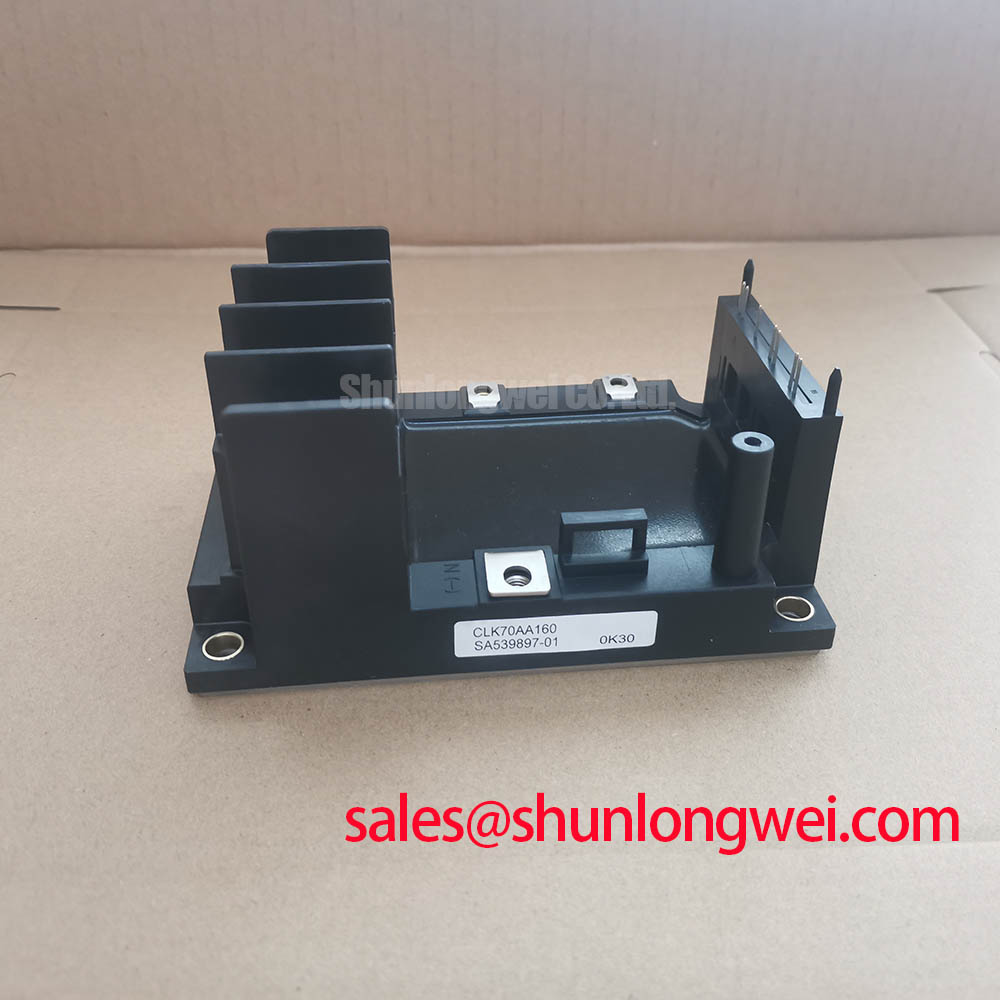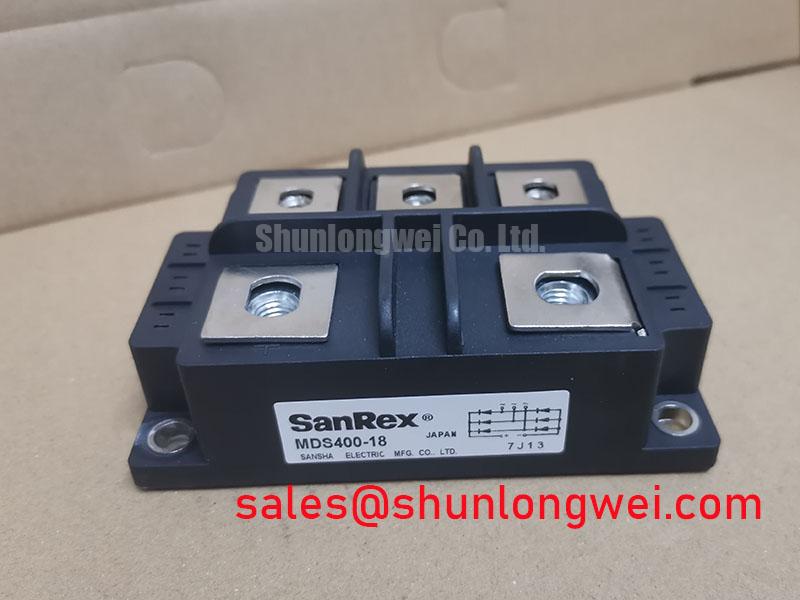MTC135-16 Thyristor/Diode Module: Engineering Analysis for High-Reliability Power Control
Introduction to the MTC135-16 Power Module
The MTC135-16 is a high-performance Thyristor/Diode module engineered for robust power control in demanding industrial environments. Leveraging advanced pressure contact technology, it delivers exceptional reliability and thermal performance for AC motor control and rectification. Key specifications include: 1600V | 135A | I²t 101 x10³ A²s. This design provides superior thermal cycling capability and eliminates solder fatigue failures. For engineers designing high-power soft starters or controlled rectifiers, the MTC135-16's construction directly addresses the need for long-term operational stability under harsh load conditions. What is the primary benefit of its pressure-contact design? Enhanced long-term reliability by eliminating solder fatigue, a common point of failure in conventional modules.
Application Scenarios & Value
Delivering System-Level Reliability in Industrial Motor Drives and Rectifiers
The MTC135-16 is best suited for high-stress applications where long-term reliability is a primary design criterion. Its robust architecture provides significant value in systems that experience frequent thermal and electrical cycling.
- Industrial Motor Control: In applications like soft starters for large induction motors, the module's ability to precisely control voltage ramps is critical. Its high surge current rating (ITSM of 4500A) ensures survivability against the significant inrush currents typical during motor startup, preventing component failure and system downtime. The thyristor (SCR) element provides the phase-angle control necessary for smooth acceleration, reducing mechanical stress on drivetrains.
- Controlled Power Supplies & Rectifiers: For battery chargers, welding equipment, and industrial DC power systems, the MTC135-16 functions as a highly reliable controlled phase control rectifier. The 1600V blocking voltage provides a substantial safety margin for systems operating on 400V or even 690V AC lines, ensuring stable performance despite line voltage fluctuations.
- Static VAR Compensators (SVC): The module's fast turn-on characteristics and robust voltage handling make it a suitable building block for thyristor-controlled reactors (TCRs) within SVC systems, contributing to power factor correction and grid stability.
A key engineering challenge in these systems is managing thermal fatigue. The MTC135-16's pressure contact design directly solves this by eliminating soldered joints between the silicon chip and the baseplate. This mechanical design choice is superior to conventional soldered modules in applications with high-delta temperature swings, translating to a longer operational lifespan and a lower total cost of ownership. For systems requiring only rectification without phase control, the related diode module SKKD162/16 offers a complementary solution for building robust rectifier bridges.
Key Parameter Overview
Decoding the Specs for Enhanced Thermal and Electrical Robustness
The technical specifications of the MTC135-16 are foundational to its performance in high-power applications. The following table highlights the critical parameters that enable its reliability and efficiency. Each value is derived from rigorous testing to ensure predictable operation under specified conditions.
| Parameter | Symbol | Value | Unit | Condition |
|---|---|---|---|---|
| Repetitive Peak Off-State Voltage | VDRM / VRRM | 1600 | V | Tj = 125°C |
| Average On-State Current | IT(AV) | 135 | A | Tc = 85°C, 180° sine |
| Surge Non-Repetitive On-State Current | ITSM | 4500 | A | 10ms, 50Hz, Tj = 125°C |
| I²t Value for Fusing | I²t | 101 x 10³ | A²s | 10ms, Tj = 125°C |
| Peak Gate Power | PGM | 10 | W | Tj = 125°C |
| Isolation Voltage | VISOL | 3000 | V | AC, 50Hz, 1 min |
| Thermal Resistance, Junction to Case | Rth(j-c) | 0.19 | °C/W | Per Thyristor/Diode |
| Operating Junction Temperature | Tj | -40 to +125 | °C |
Download the MTC135-16 datasheet for detailed specifications and performance curves.
Technical Deep Dive
A Closer Look at Pressure Contact Technology for Unmatched Durability
The standout feature of the MTC135-16 is its implementation of Pressure Contact Technology. Unlike conventional power modules that rely on soldered layers to connect the semiconductor die to the baseplate, this design uses a precisely calibrated mounting force to create a direct, robust connection. This seemingly simple change in construction philosophy has profound engineering implications.
The primary benefit is the near-elimination of solder fatigue. Solder joints have different coefficients of thermal expansion (CTE) than silicon and copper. As the module heats and cools during operation, these materials expand and contract at different rates, creating mechanical stress on the solder layer. Over thousands of cycles, this stress leads to micro-cracks, increasing thermal resistance and eventually causing device failure. This is a critical point of failure in systems like AC motor drives or renewable energy inverters. The pressure contact design bypasses this entirely, ensuring a stable thermal path and a significantly higher Power Cycling Capability. This is analogous to using a high-strength bolted connection instead of a welded joint in a mechanical structure that experiences constant vibration; the bolted connection is designed to handle the dynamic loads without fatiguing.
Frequently Asked Questions (FAQ)
How does the pressure contact design of the MTC135-16 improve system reliability over soldered modules?
The pressure contact system eliminates solder layers between the silicon chip and the baseplate. This mitigates the primary failure mechanism in conventional modules—solder fatigue from thermal cycling. The result is a significantly longer operational life and greater resilience in applications with frequent temperature fluctuations.
What is the significance of the 1600V VDRM rating for my application?
A 1600V rating provides a robust safety margin for power control circuits connected to 400V, 480V, or even 690V industrial AC mains. This high blocking voltage capability ensures the device can withstand transient overvoltages and line disturbances common in industrial settings, preventing catastrophic failure and enhancing overall system ruggedness.
How does the 3000V isolation voltage simplify thermal management?
The integrated, electrically isolated baseplate allows the module to be mounted directly to a common, grounded heatsink without requiring additional, often thermally inefficient, isolation pads or materials. This simplifies the mechanical assembly, reduces the bill of materials, and creates a more efficient and reliable thermal path from the semiconductor junction to the ambient environment.
Is the MTC135-16 suitable for paralleling to achieve higher current output?
While paralleling thyristor modules is feasible, it requires careful design consideration to ensure proper current sharing. Factors like gate drive matching, busbar impedance balancing, and thermal uniformity are critical. For detailed guidance, it is essential to consult the manufacturer's application notes on paralleling these types of devices.
Strategic Outlook
Integrating the MTC135-16 into a system design is a strategic decision that prioritizes long-term reliability and minimizes the total cost of ownership. In industries where equipment uptime is paramount and maintenance is costly, the initial investment in a component with superior durability, proven through its pressure contact design, yields substantial returns over the product lifecycle. This module is not merely a component for power conversion; it is an enabling technology for building more resilient, efficient, and long-lasting industrial equipment that meets the rigorous demands of modern automation and power infrastructure.












